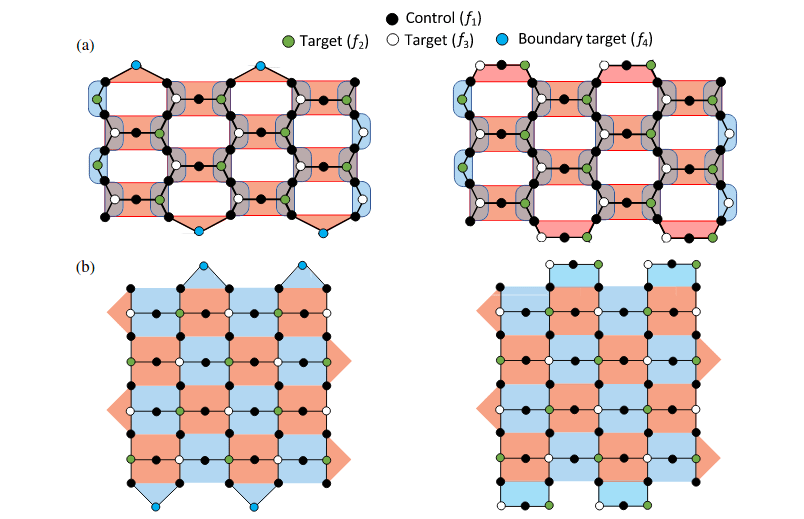Noise and errors are some of the major problems that plague the field of quantum computing. There should be no surprise then that research teams around the globe are looking at ways to reduce noise and come up with clever schemes to deal with errors that take place during computing. Now a team at IBM have come up with a new methodology that enables a Quantum Computer to better compensate for errors.
Typically researchers have dealt with errors in the computing process with surface codes and qubits arranged in a two-dimensional lattice. In a loose way this might be called a “top down” approach. What differs in the research from IBM is that is perhaps more of a “bottom up” approach. The team have asked: “to what degree can quantum error-correcting codes be hardware-aware?”
The work resulted in two code families, which are named heavy-hexagon code and the heavy-square code. Code families are implemented by assigning physical data and ancilla qubits to both vertices and edges of low-degree graphs.
This is an example of co-design, specifically of quantum hardware, error-correcting codes, and fault-tolerant operations. In essence, we willfully break abstraction layers to create more practical and better optimized micro architectures for quantum computers.
Andrew Cross and Guanyu Zhu
Read more about the published work in Physical Review X (Topological and Subsystem Codes on Low-Degree Graphs with Flag Qubits) and from the IBM blog which has plenty of expertly summarized research in an easy to read digestible manner. Thanks to Bob Sutor from IBM for highlighting the myriad of research topics from IBM.

